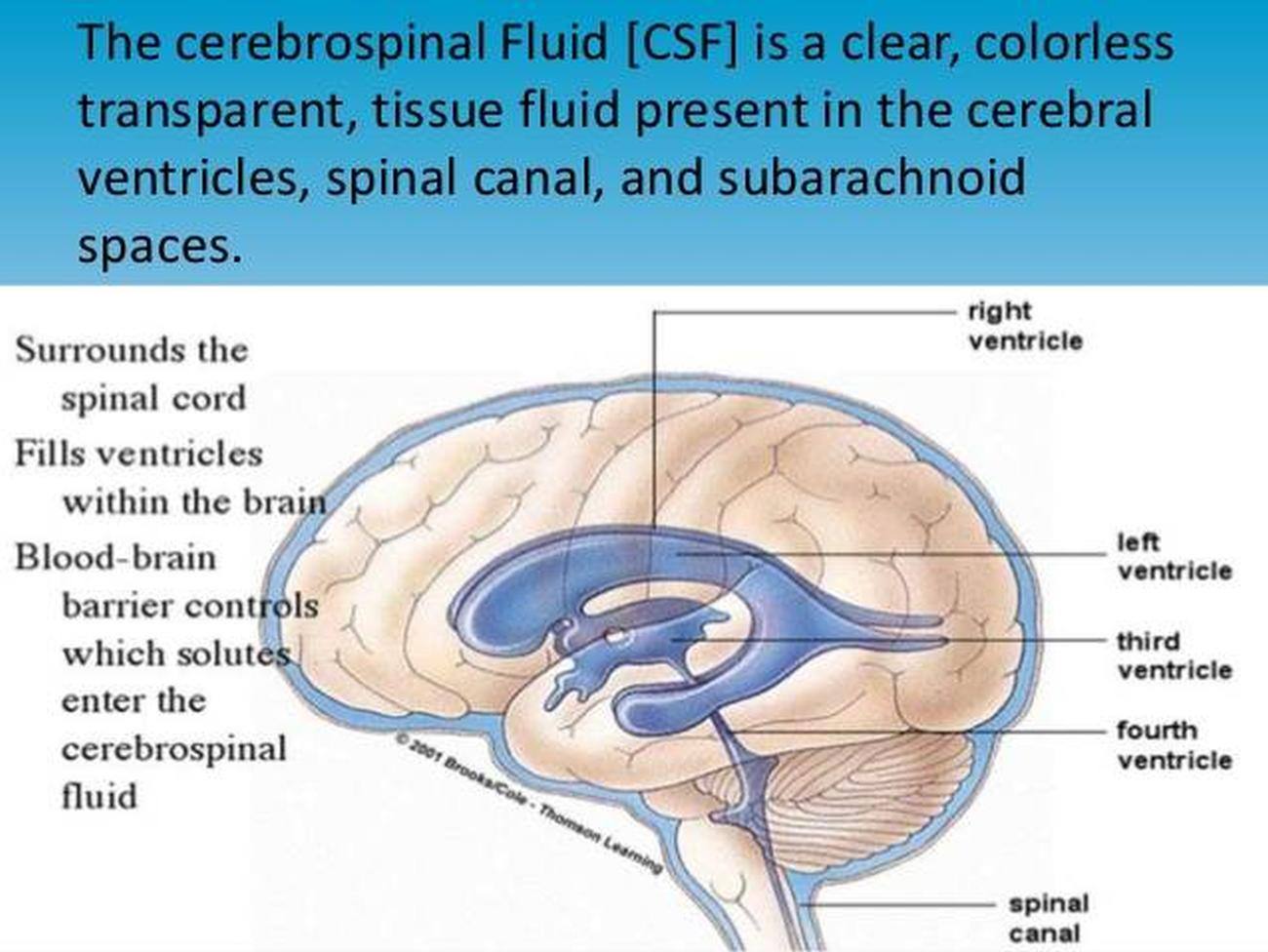
Spontaneous intracranial hypotension is caused by spontaneous spinal cerebrospinal fluid (CSF) leaks.

1 - 16 Onset of symptoms typically is in the fourth or fifth decade of life, with a peak incidence around age 40 years, but children and elderly persons also may be affected. Spontaneous intracranial hypotension affects women more frequently than men, with a female-male ratio of approximately 2:1. In the past, spontaneous intracranial hypotension was probably more frequently underdiagnosed than it is now, and it is unlikely that there has been an actual increase in its incidence, although that possibility cannot be entirely excluded. Comprehensive population-based epidemiologic studies, however, are not yet available. 16 In a more recent emergency department–based study (2003-2004), 17 spontaneous intracranial hypotension was half as common as spontaneous subarachnoid hemorrhage, for an estimated annual incidence of 5 per 100 000. In a community-based study conducted in 1994, the prevalence of spontaneous intracranial hypotension was estimated at 1 per 50 000. In the past, our knowledge regarding spontaneous intracranial hypotension was derived from case reports only, and no epidemiologic data were available. Once considered an exceedingly rare disorder, recent evidence suggests that spontaneous intracranial hypotension is not that rare and has to be considered an important cause of new daily persistent headaches, particularly among young and middle-aged individuals. Numerous treatment options are available, but much remains to be learned about this disorder. The spectrum of clinical and radiographic manifestations is varied, with diagnosis largely based on clinical suspicion, cranial magnetic resonance imaging, and myelography. Treatments include bed rest, epidural blood patching, percutaneous placement of fibrin sealant, and surgical CSF leak repair, but outcomes have been poorly studied and no management strategies have been studied in properly controlled randomized trials.Ĭonclusions Spontaneous intracranial hypotension is not rare but it remains underdiagnosed. Myelography is the study of choice to identify the spinal CSF leak. Typical magnetic resonance imaging findings include subdural fluid collections, enhancement of the pachymeninges, engorgement of venous structures, pituitary hyperemia, and sagging of the brain (mnemonic: SEEPS). An orthostatic headache is the prototypical manifestation but other headache patterns occur as well, and associated symptoms are common. Mechanical factors combine with an underlying connective tissue disorder to cause the CSF leaks. Women are affected more commonly than men. The incidence has been estimated at 5 per 100 000 per year, with a peak around age 40 years. Reference lists of these articles and ongoing investigations in this area were used as well.Įvidence Synthesis Spontaneous intracranial hypotension is caused by single or multiple spinal CSF leaks. Objective To summarize existing evidence regarding the epidemiology, pathophysiology, diagnosis, and management of spontaneous spinal CSF leaks and intracranial hypotension.Įvidence Acquisition MEDLINE (1966-2005) and OLDMEDLINE (1950-1965) were searched using the terms intracranial hypotension, CSF leak, low pressure headache, and CSF hypovolemia.

It is an important cause of new headaches in young and middle-aged individuals, but initial misdiagnosis is common.

Clinical Implications of Basic Neuroscience.

Challenges in Clinical Electrocardiography.


 0 kommentar(er)
0 kommentar(er)
